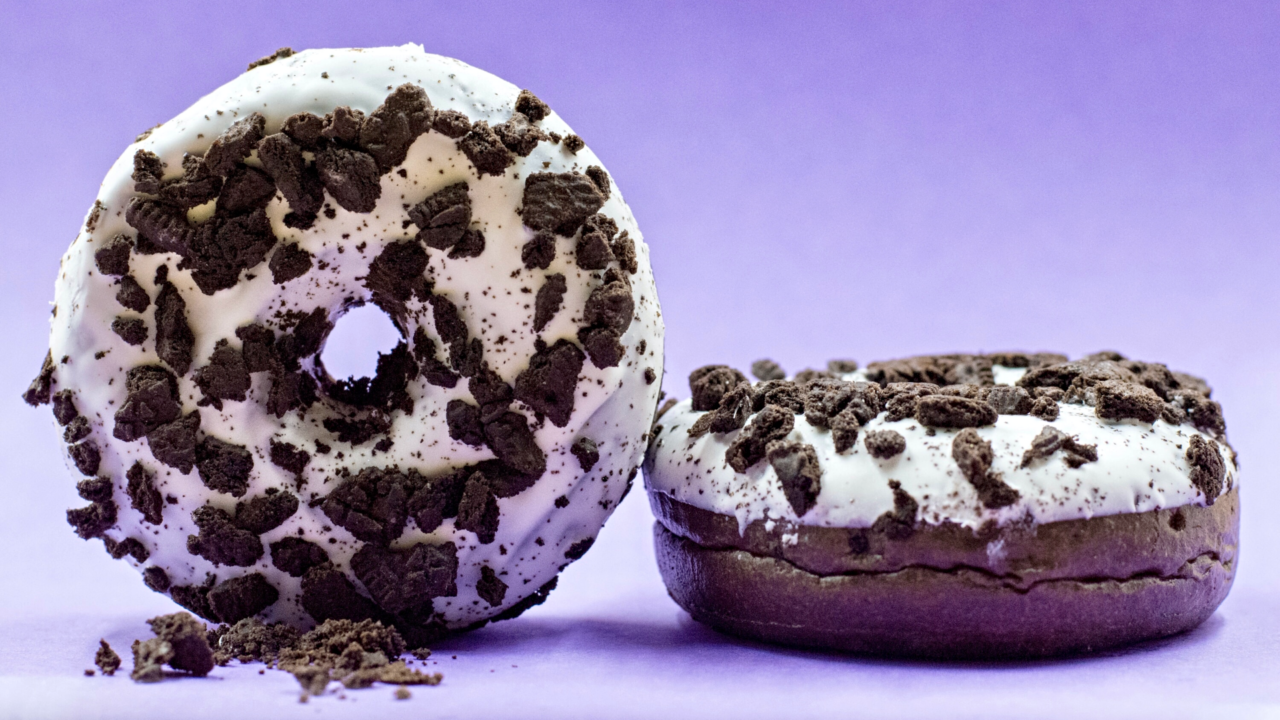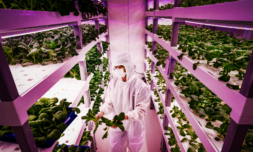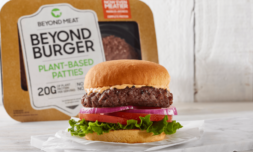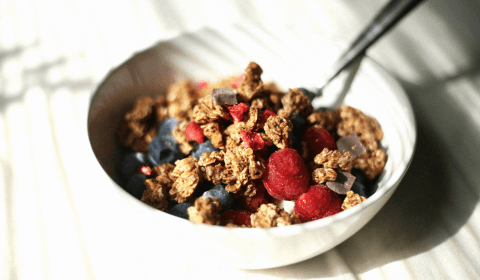Research carried out by the University of Kansas has revealed that tobacco companies were a key influence in the commercial explosion of junk food between 1988 and 2001.
Responsible for roughly eight million cigarette-related deaths a year, and the recent mainstream pivot to the abomination that is the single-use vape, big tobacco already has a lot to answer for.
New research, however, has suggested the industry’s empire of dirt doesn’t quite end there. The University of Kansas claims that tobacco’s influence also casts a large shadow over the US’ long fought obesity epidemic and the nation’s original explosion of junk food.
The study states that food producers owned by tobacco companies like Phillip Morris and RJ Reynolds conspired to hook consumers onto ‘hyper palatable’ foods between 1988 and 2001.
In the same way that cigarettes were deliberately made as addictive as possible, researchers allege that millions of edible and drinkable items were literally pumped full of sugar, caffeine, fat, sodium, and carbs to ‘create an artificially rewarding eating experience.’
SHOCKING!! They are brainwashing you via garbage food!! pic.twitter.com/H3Y896NmJd
— Dr Shawn Baker 🥩 (@SBakerMD) September 16, 2023
Addictive formulas and thresholds are said to have been periodically adapted over time to remain ‘under the detection of most nutritional advice and public scrutiny.’
Specifically, the study authors found that foods originally linked to tobacco-owned firms were 80% more likely to be ultra-high in carbohydrates and sodium than those of other origin. These figures were ascertained using more than 370 tobacco companies.




















